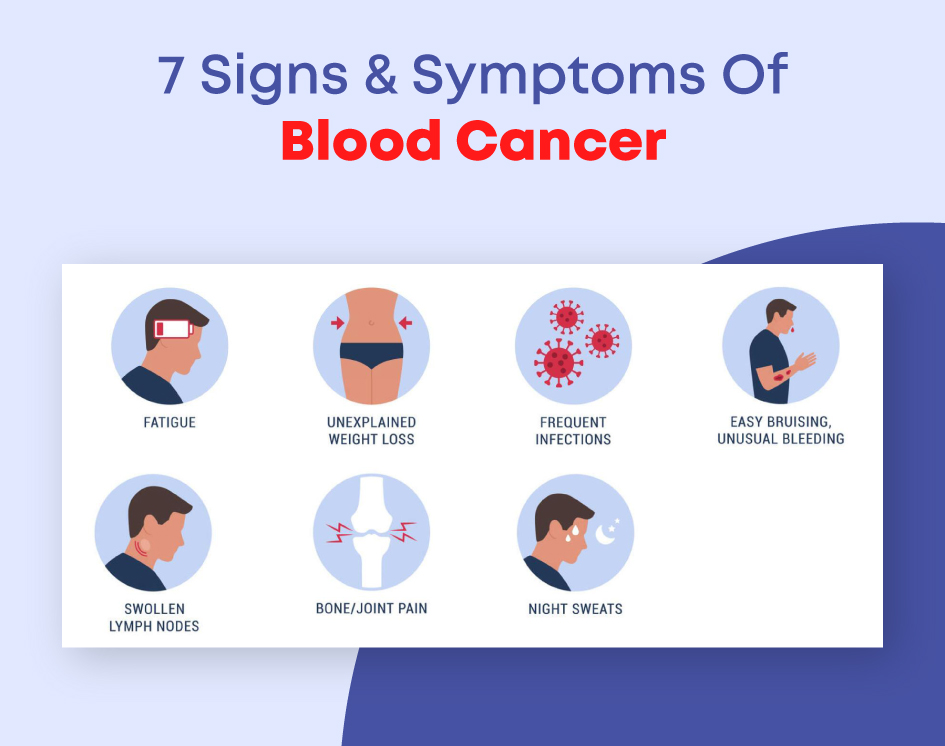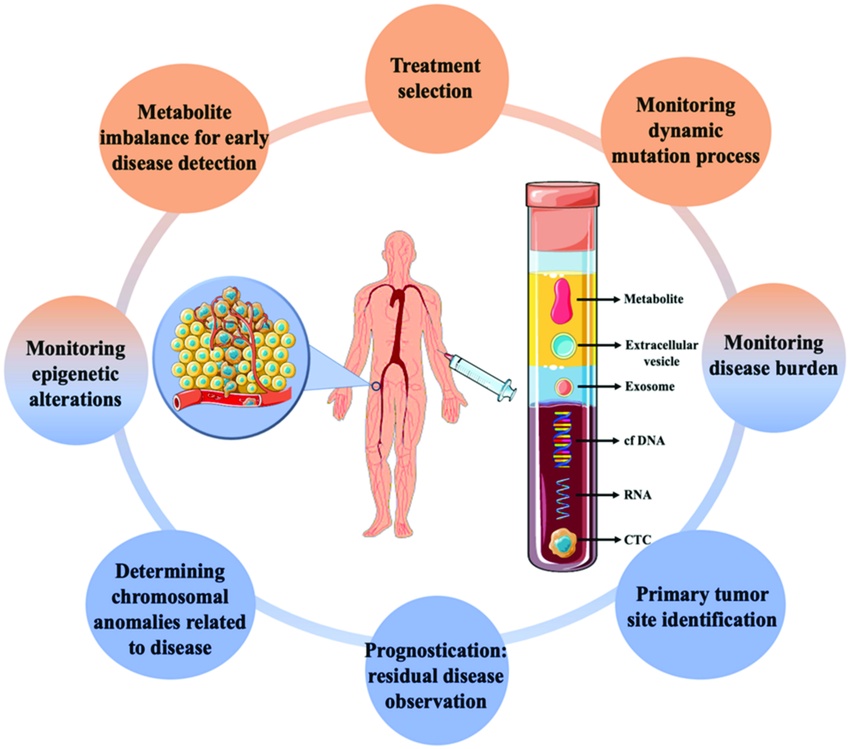With an estimated 19.3 million cases and 19.3 million deaths by 2020, cancer is now the second leading cause of death worldwide. The global burden of cancer is expected to increase with a projected 40% increase by 2040 [1].
Approximately half of all cancers are preventable, making preventive strategies a cost-effective way to reduce cancer incidence and mortality.
Primary cancer prevention measures include interventions that prevent the onset of cancer through exposure to risk factors such as tobacco smoke, alcohol, occupational exposure to carcinogens, radiation, overweight and obesity and other modifiable factors through behavioral or structural changes.
Secondary prevention involves detecting cancer early and stopping it from spreading. That includes screening tests that can detect and treat cancer earlier in its progression. While effective population-based screening has been developed for only a limited number of cancers (breast, ovarian, lung and colorectal cancers), primary and secondary (early detection) approaches can reduce the cancer burden so one-third to one-half and therefore cost-effective and key components of the national cancer control strategy.

Cancer risk factors and prevention
A carcinogen is anything that makes a person susceptible to cancer. Risk factors can include lifestyle factors such as smoking, alcohol use and poor nutrition, as well as genetic and environmental factors. Identifying and addressing risk factors through policies and procedures and behavioral changes can reduce the risk of developing cancer.
There are a variety of strategies and evidence-based approaches to cancer prevention that state, provincial and municipal governments can use to reduce the burden of cancer, and a few of them are highlighted in the specific sections below on cancer of various risks.
Tobacco use kills eight million people per year. In total, there are about one billion smokers worldwide, 800 million of which are living in low- and middle-income countries, which tobacco companies target more actively.

Types of Cancer
There are more than 100 types of cancer, which can affect almost every part of the body. The most common types include:
Carcinomas:
Carcinomas are cancers that originate in the epithelial tissues, which cover the surfaces of organs, glands, or body structures. These cancers are often found in areas that are involved in secretion, such as the lining of the stomach or glands like the breasts, which produce milk. For instance, cancer of the stomach lining is a type of carcinoma. Additionally, carcinomas can affect other organs and glands involved in various bodily functions, making them one of the most common forms of cancer. Account for 80-90% of all cancer cases.
https://www.uicc.org/what-we-do/thematic-areas/cancer-prevention
Sarcomas:
Sarcomas are malignant tumors that grow from connective tissues such as cartilage, fat, muscle, tendons, and bone. The most common type is a tumor that forms on the bone. For example, osteosarcoma affects the bones, while chondrosarcoma develops in the cartilage. These cancers, though less common than carcinomas, can be aggressive and often require early treatment.
Lymphomas:
Lymphomas are cancers that are formed in the lymphatic system, which is made up of organs and glands that produce white blood cells and clean body fluids. These cancers can be spread to different organs, such as the brain and breasts. Lymphomas are classified into two types: Hodgkin’s lymphoma and non-Hodgkin’s lymphoma. Although each type is defined by different traits, both are known to weaken the body’s ability to fight infections.
Leukemia:
Leukemia, also known as blood cancer, is a cancer of the bone marrow. In leukemia, the bone marrow is affected and produces abnormal blood cells. These abnormal cells are then spread throughout the body, interfering with normal blood function. As a result, the body’s ability to fight infections is weakened. For example
Acute myelogenous leukemia
Chronic myelogenous leukemia
Acute lymphocytic leukemia
Chronic lymphocytic leukemia
Indicate type of cells that are involved
Melanomas:
Myeloma is a cancer that grows in the plasma cells of the bone marrow. When myeloma cells collect in a single bone, it is called plasmacytoma. If these cells gather in many bones, it is referred to as multiple myeloma. The bones are weakened, and the body’s immune function is affected.

Causes of Cancer
Cancer happens when cells in the body start growing uncontrollably. Normally, cells grow, divide, and die in an orderly way, but when this process goes wrong, damaged cells can form a mass called a tumor. Tumors can be either benign (non-cancerous) or malignant (cancerous). Malignant tumors invade nearby tissues and can spread to other areas of the body, which is known as metastasis.
Some common risk factors include:
Genetics:
Sporadic
Sporadic cancers, which make up over 90% of all cancers, are caused by mutations that accumulate in a person’s cells over their lifetime. These mutations are acquired, not inherited, and are influenced by a complex interaction of genetic and environmental factors. Sporadic cancers are typically developed at an older age due to this gradual mutation process.
Inherited
Inherited cancers are less common, accounting for about 10% of all cancers. However, they are often seen in affected families. These cancers are linked to inherited susceptibility through germline mutations, which give tumors a head start in growth. As a result, individuals with these mutations may develop cancer at a younger age. They also face an increased risk of multiple cancers throughout their lives.
Understanding Cancer: Causes, Types, and Treatment
Cancer is a group of diseases characterized by the uncontrolled growth and spread of abnormal cells in the body. If the spread isn’t controlled, it can result in death. This article will cover the basics of cancer, including its causes, types, and common treatments.
Causes of Cancer
The exact causes of cancer are not always clear, but it is understood that genetic mutations play a key role in the development of most cancers. These mutations can be inherited or acquired over time due to environmental factors, lifestyle, and exposure to carcinogens (cancer-causing substances).
Some common risk factors include:
- Tobacco Use: Smoking is a leading cause of lung cancer and is linked to several other types of cancer.
- Radiation Exposure: Ultraviolet (UV) radiation from the sun and other sources can cause skin cancer.
- Chemicals: Exposure to carcinogenic chemicals like asbestos, benzene, or certain dyes may lead to cancer.
- Infections: Certain viruses (like HPV and hepatitis B/C) and bacteria are linked to cancer development.
- Diet and Physical Activity: Poor diet, obesity, and lack of exercise are risk factors for several types of cancer.
- Alcohol: Excessive alcohol consumption is linked to cancers of the mouth, throat, esophagus, and more.

Symptoms of Cancer
Cancer symptoms vary depending on the type and location of the cancer. Common signs and symptoms include:
Feeling very tired all the time
Feeling pain without explanation
Unexplained bleeding
Breathing and speech
Skin changes
Eating changes
Unexplained weight loss
Persistent cough or difficulty breathing
Lumps or abnormal growths in the body
Pain, especially in the bones or abdomen

Diagnosis of Cancer
Early detection of cancer greatly improves treatment outcomes. Common methods of diagnosing cancer include:
Physical Exam: A doctor may feel for lumps or abnormalities.
Imaging Tests: X-rays, CT scans, MRIs, and ultrasounds help visualize the tumor.
Biopsy: A sample of tissue is taken from the suspected area for analysis.
Blood Tests: Blood tests can reveal certain markers that indicate cancer presence.

Treatment Options
Cancer treatment depends on the type, stage, and location of cancer, as well as the patient’s overall health. Common treatment methods include:
Surgery
Radiation Therapy
Chemotherapy
Hormone Therapy
Immunotherapy
Targeted Therapy
Stem Cell Transplant

Prevention and Screening
Checking your skin and moles
You should avoid tobacco and alcohol.
Maintain a healthy weight through diet and exercise.
Get vaccinated against cancer, such as for HPV and hepatitis B.

Conclusion
Cancer remains one of the leading causes of death worldwide, but advances in treatment and early detection have significantly improved survival rates for many types of cancer. With ongoing research, scientists continue to work toward better treatment options and potential cures.

